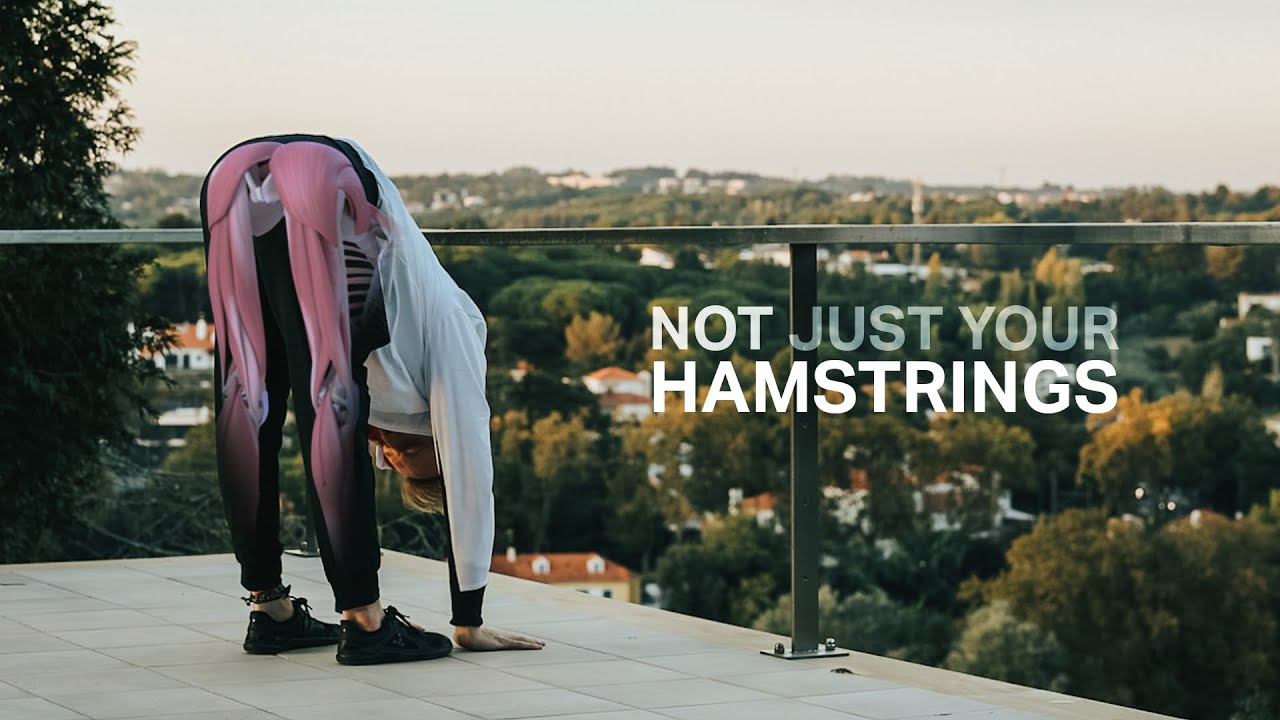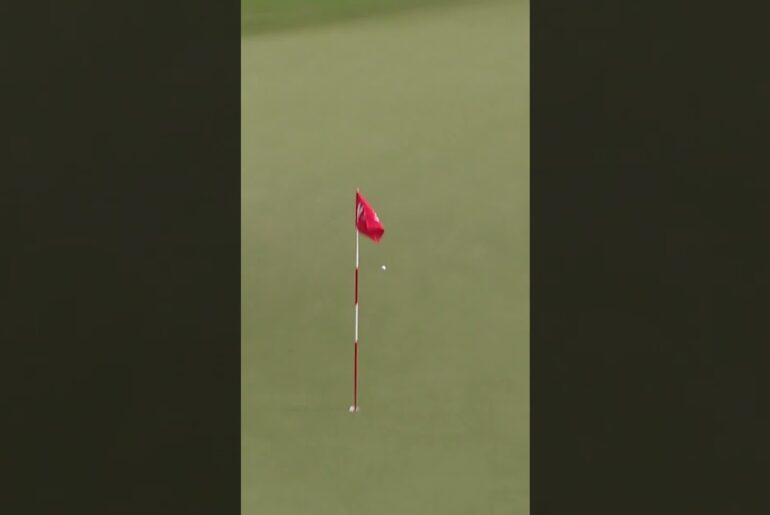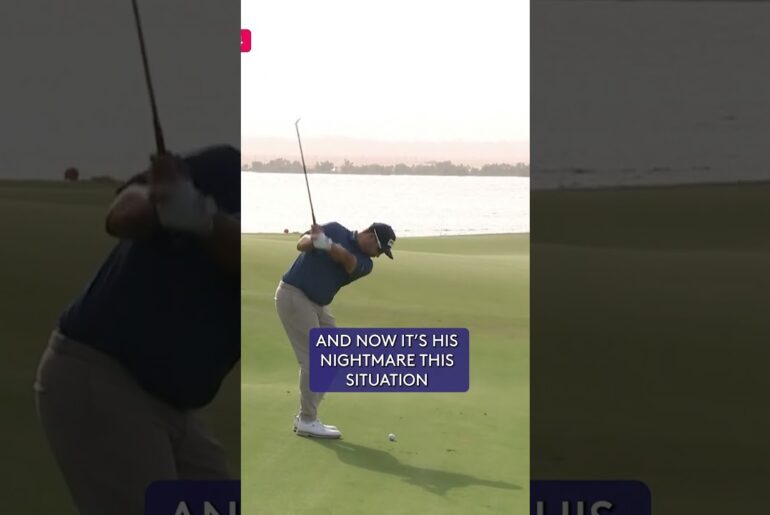Click here to join the Mobility & Flexibility Toolkit:
https://www.matthewismith.com/mftk?utm_medium=smo&utm_source=yto&utm_campaign=mechanics&utm_content=pike
Join the free 1-hour masterclass:
https://www.matthewismith.com/mftk-masterclass-opt-yto?utm_medium=smo&utm_source=yto&utm_campaign=mechanics&utm_content=pike
For all Toolkits, coaching & contact:
https://www.matthewismith.com/?utm_medium=smo&utm_source=yto&utm_campaign=mechanics&utm_content=pike
For more regular content updates:
https://www.instagram.com/matthewismith/
Touching your toes (with your hands or head) requires more than just flexible hamstrings.
In the “Mechanics of Touching Your Toes” we break this skill of pike & head to toe down into its fundamental components and look at how your nervous system interacts with each piece.
You will learn:
– How your brain limits your flexibility (stretch tolerance)
– The optimal forward fold technique
– the passive to active spectrum / assisted to resisted spectrum
– Which muscles get stretched
– How to stretch muscles like your hamstrings
– The muscles that need to be strong
– About the sciatic nerve
And more…
The 3D anatomy & educational graphics are custom-made by our in-house graphics team. The media, video and FlexView anatomy are copyrighted. It’s not for distribution or re-use without prior written permission from matthewismith.
Enjoy the video!
Feel free to get in touch if you have any questions 🤙








38 Comments
I’ve been searching for an alternative understanding of the passive / active dichotomy of muscle contractions, to develop my own understanding but never really arrived at something digestible enough. Until now!
Your perspective is so wholesome, mind- and bodyopening I simply can’t explain my gratitude. Bless
Gold
i hear what you say in the video but is it possible to go the lazy way and get better internal rotation of the femur and calves by JUST (for example) doing a deficit romanian deadlift ?
That's really good video, a lot of examples and facts, buuuut… damn the way it's filmed it looks like some kind of flexibility religious sect
Amazing video montage😁
How about what a nice house that is lol. Id love to stretch there anytime. Looks like New Zealand or probably even Australia
It's strabiliant how thousends years ago, without (probably) computer and sofisticated sciences, martial arts, yoga, qi gong, understood all these mechanisms
thank you for sharing your knowledge, immensely helpful <3
it hurts on the inside of my knee which exercise should I do to stretch/strenghten what's there?
Straordinari. Video. Per la flessibilità se ci fosse tradizione in italiano grazie ❤❤❤
Hey! Thanks for the video. Could you tell me what shoes you are wearing? Looks like something barefoot
10:03 When you mention the difference in angle between passive and active, it clearly shows the active angle (between leg and wall) but what is the passive angle? ( between torso and leg?) thanks this was super informative!
I had hamstring tendonitis and so many physios told me it was the hamstring muscle 😅 solving the tendonitis really helped with my forward fold, but I have a long way to go on the strength side!
Edit: Oh, I see it’s not angle vs angle, it’s angle vs depth as a distance measurement (I’m guessing this is proprietary info to the toolkit)
Superb scientific approach
This should be a netflix series or something. At school they should show us this content.
Hello sir
I want to join your sessions, how can i contact you
Assume the people on 3:30 just wear shoes two or three sizes up for the filming
Your work is super sir 👍❤️
Would you make a video/stretch program like this about specifically calf mobility. I am very flexible in most areas and my strength matches the flexibility except in my calves and Achilles. While i can do an overeplit in any direction. I struggle to do a squat with my heels on the ground.
The video is amazing! But has someone with very low flexibility who wants to develop it more, I would love if someone as informed as you could make 2 videos, one sort of as a guided diagnostic to find problematic muscles and another on how to train them. But thank you so much!
Really?! The title of your video: "Mechanics of Touching your" is what clickbait is. Luv it
4:07 You definitely had some natural flexibility. When I try that, I can't even get my head off the ground and my arms stay completely bent. 😀
I would love to see one of these videos breaking down the bridge and why some people like myself, can't do it at all. I have great hip mobility (can easily touch palms on the floor and do a pancake with chest to floor) but the bridge is so bad that I don't even know where to start. I do have terrible shoulder mobility and have been stretching 1 hour daily for the last year. It's come a long way.. but doesn't seem to make the bridge any easier.
GREAT video here though! Learned a lot.
Have you ever worked w athletes w lower disc herniations?
you should see me i am 6'7" 255 pounds and can touch my elbow to the ground knees unbent standing.
❤ good 👍
Hi
Simply not feeling tight makes you more relaxed, less likely to get injured, and more interested in exercising!
Lovely and Informative vedio.. Really very well made vedio and accordingly edited..Thanks for the knowledge and your efforts…❤
Remarkable content! Science Based, detailed, easy to follow.
Such an amazing vide! Congrats
The first discovery for me during stretching was that the more relaxed you are, the better the result.
It is an illusion that you need your muscles in the front of your legs and hips to get your hands to your toes. Gravity does it. Just like you don’t need your triceps for the negative motion while doing a curl. Its just opening the biceps and gravity.
my god… your videos are another level 🤩
The animations are great. I cannot unsee them and forget the explanation. Thank you so much. Keep up the good work. Looking for your videos regularly.
What an incredible video, my friends! One of the best videos I've seen on YouTube about stretching/flexibility/nerve/bone structure. I never thought about stretching my hamstrings any other way. My hamstrings don't change at all and are always the same, I'll try that! Thank you very much from Brazil
Dude is trying too hard. Why not just say active/passive instead of acting like you just created a new system.
“I wasn’t naturally flexible” (shows what I’d be happy with as an After photo lol)
This is an EXCELLENT video! I love the concept of the 'Assisted to Resisted' Spectrum!
This is an EXCELLENT video! …the explanatnions accompanying the graphics are great! – excelIent use of scientific principles while at the same time encouraging individualisation. I love the concept of the 'Assisted to Resisted' Spectrum!
Hy givi me my gift